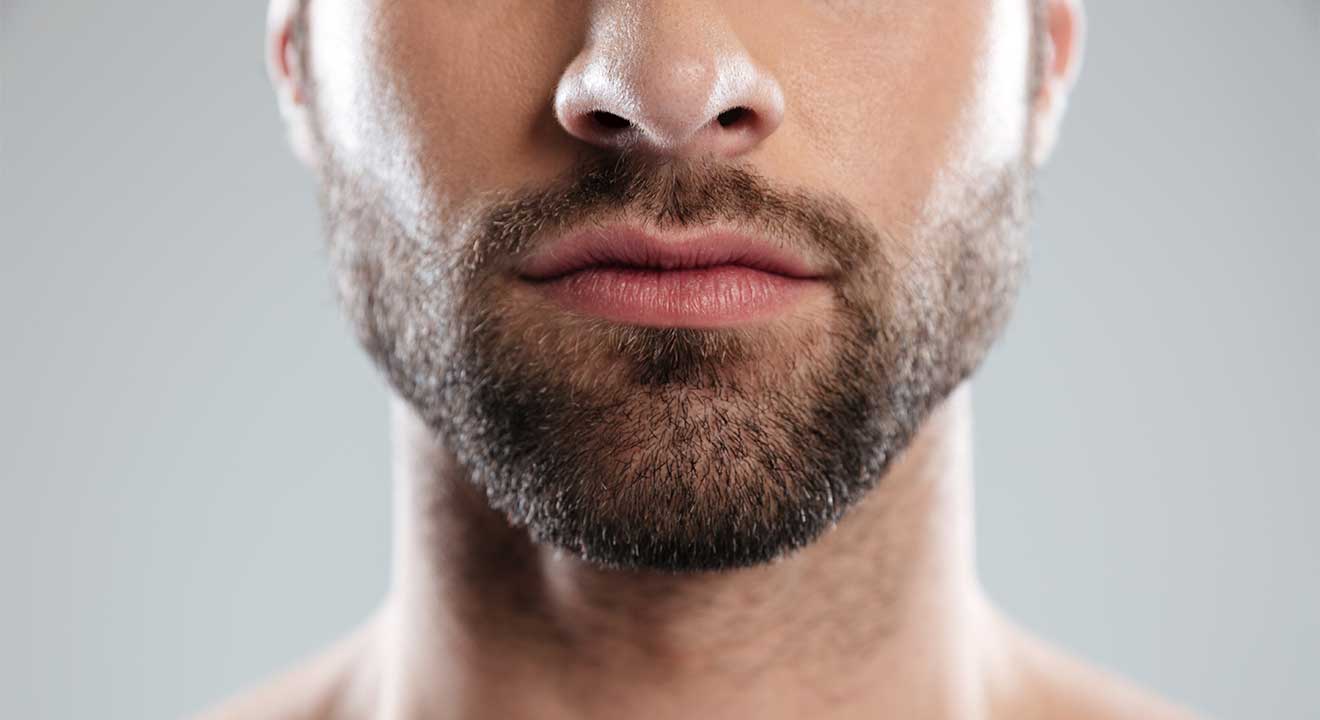
Sparsity or less density than desired in the beard and sideburn area can be resolved with beard and sideburn transplantation techniques.
What is Beard Transplantation?
Beard and sideburn transplantation is the process of the surgeon transferring hair follicles taken from the hairy area to the beard or sideburns using follicular unit techniques (FUE) and tools. Beard transplantation is also a procedure that reshapes a new beard or improves the density of an existing beard.
Donor Area and Beard Transplantation
Not all patients have sufficient hair in the donor area. Mostly, we choose the hair in the nape area as the donor area for beard transplantation. If there is not enough donor hair, body hair from the arms, legs and chest may be the next best alternative for these cases. Beard transplantation is suitable for patients with male pattern hair loss (MPH), but it is not possible for other types of alopecia. Patients with alopecia universalis do not have hair on their entire body and are therefore not suitable for this type of procedure.
Successful, highly realistic beard transplantation results depend mostly on the natural characteristics of the recipient area hair, which will also look very good as beard hair if the patient’s scalp hair is short and curly. However, if the patient has long straight hair, then textural instability will occur, resulting in an unnatural appearance. Therefore, in patients with predominantly straight hair, a combination of hair from other areas of the body rather than hair for the beard will yield the best results.
Risks of Beard Hair Transplantation and Side Effects
- Bruising
- Swelling
- Redness
- Tenderness or pain at donor and recipient sites
- Ingrown hairs
But all of these are temporary and will get better within 1-2 weeks.
Beard Transplant Application
Beard and mustache transplantation, which is thought of as hair transplantation, may actually differ in terms of intensity because the sparsity in the hair area attracts a lot of attention, while the sparsity in the beard area is acceptable. For this reason, it is not necessary to transplant intensively in beard and sideburn transplantation. The transfer of 1000 roots to a noble person will lead to a very meaningful change.
Beard Growth
After the beard and sideburn transplantation, growth is observed for 10 days, and it is necessary to wait a week to shave the hairs that grow during this period. At the end of the 2nd week, the most productive results begin to be obtained from the new hair follicles transplanted after the temporary shock loss.

